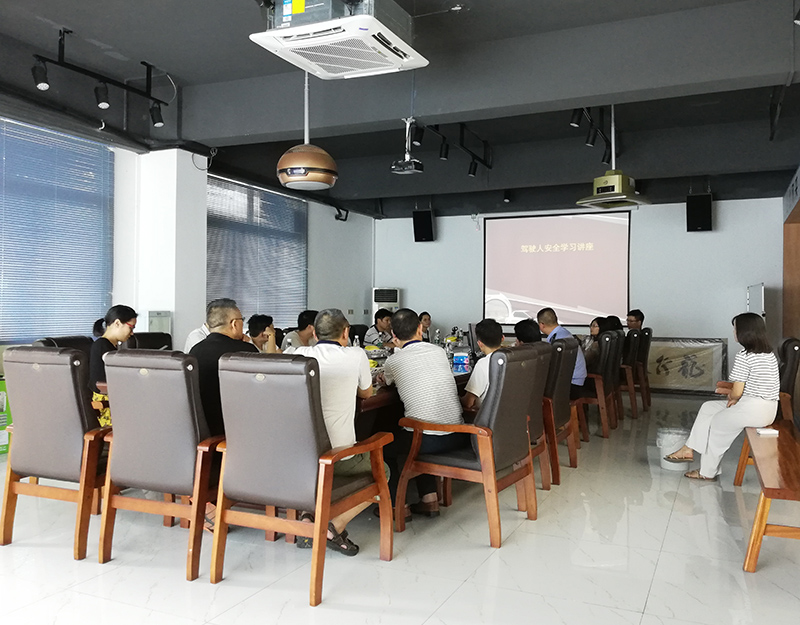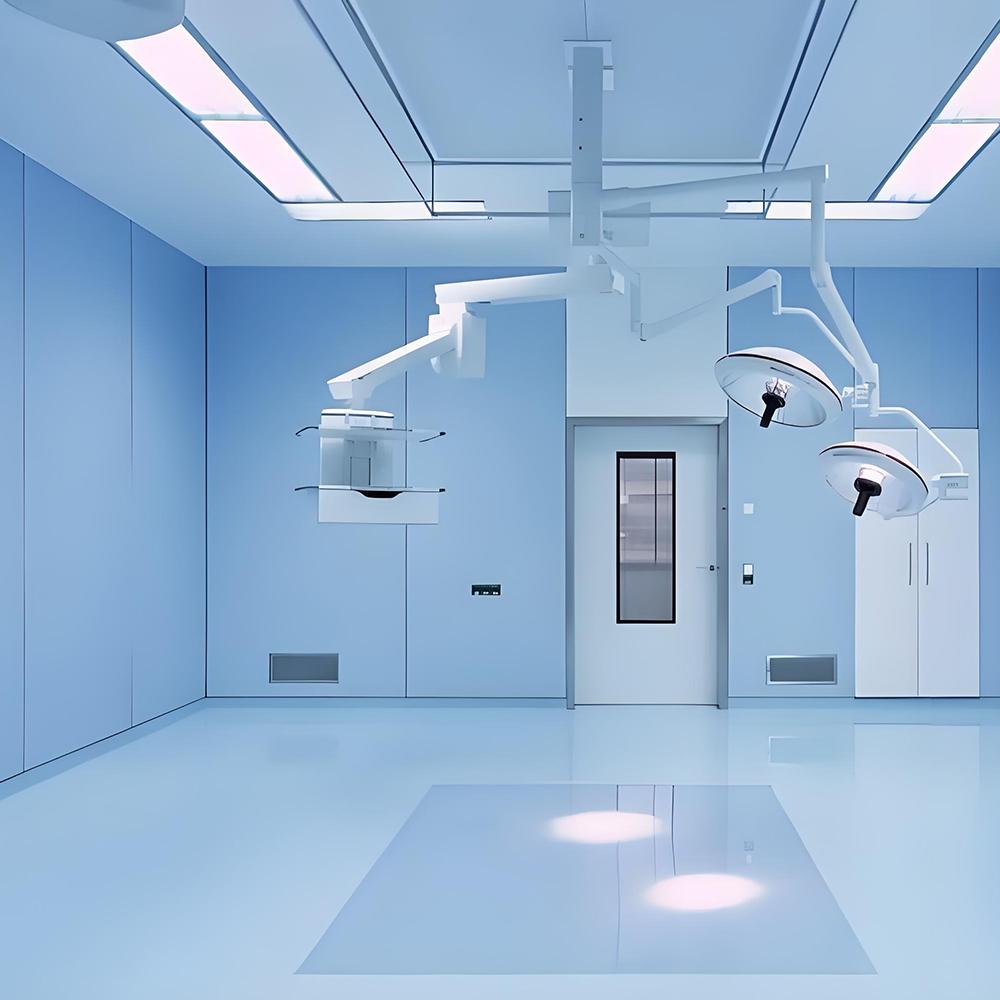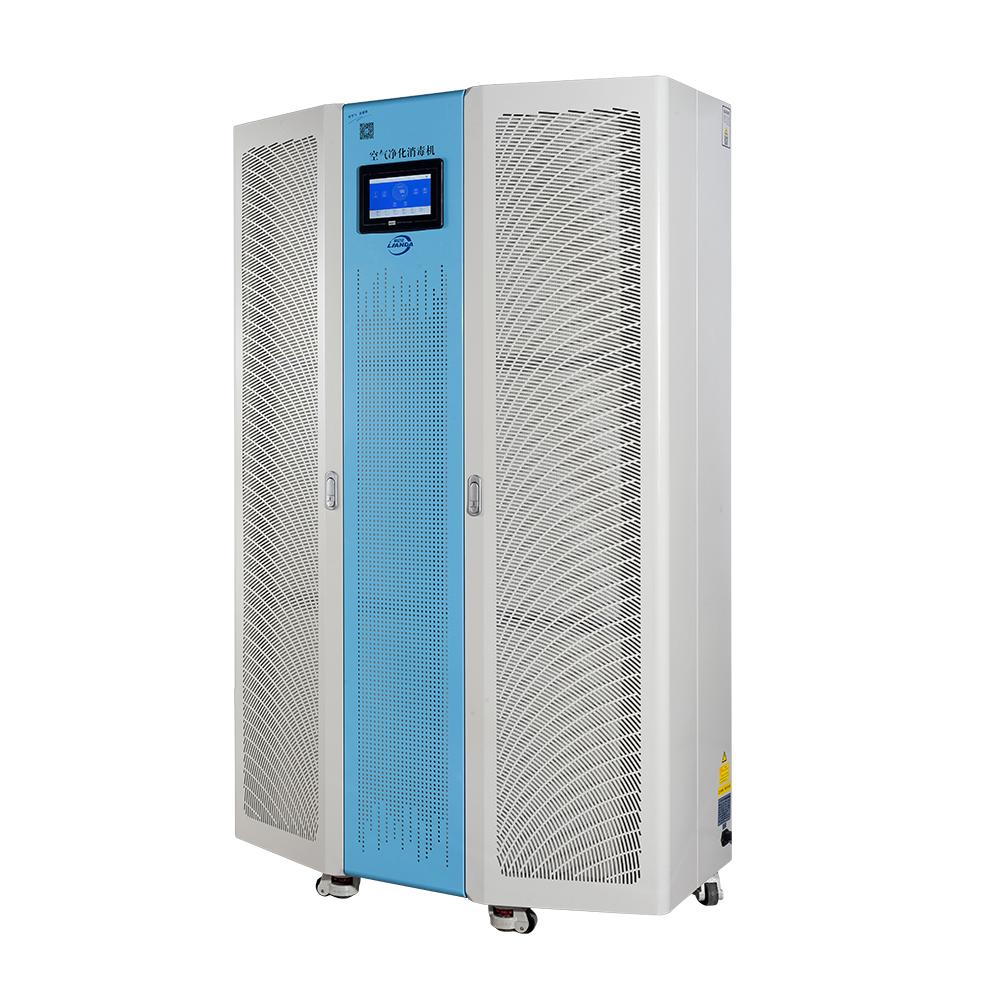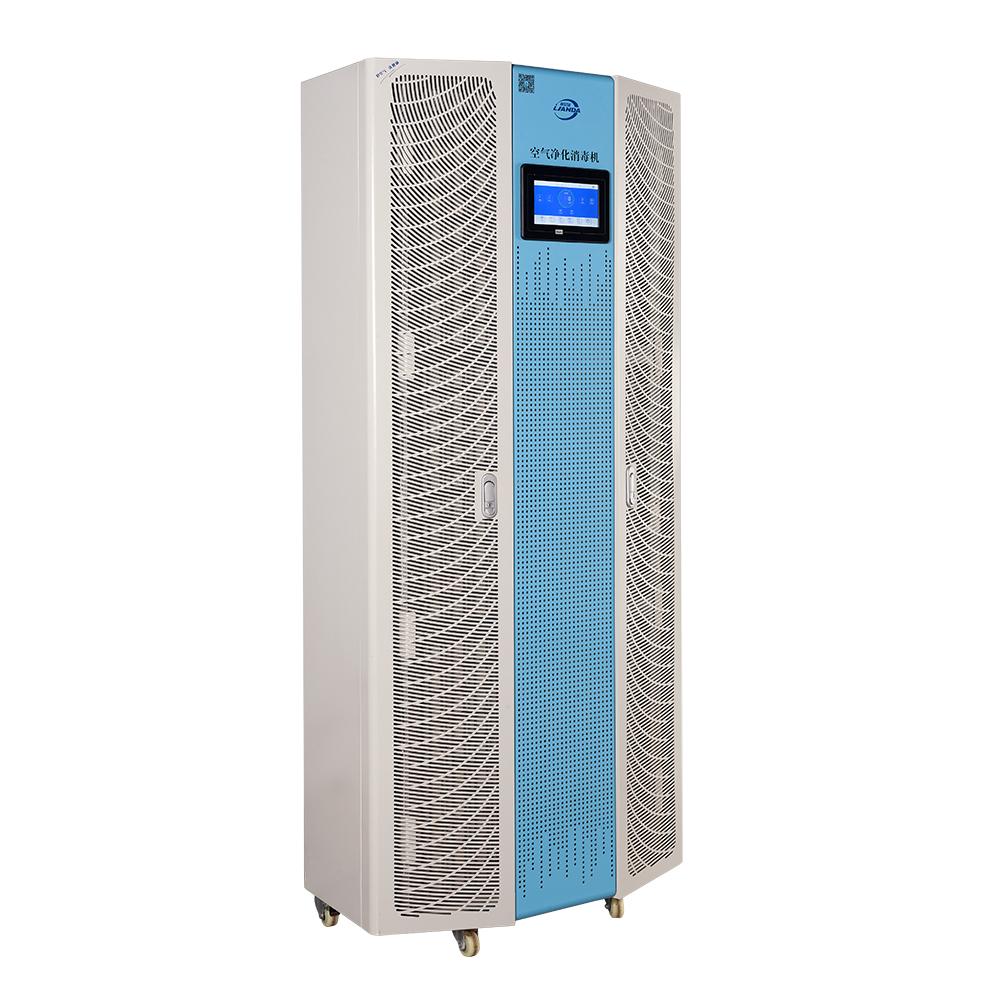With the development of economy and the improvement of residents' living standards, more and more people buy cars. Take Dongguan as an example, by the end of 2018, the number of cars has exceeded 3 million, almost every household has one, which is almost the same as the bicycle of decades ago. On the other hand, with the increase of car ownership, traffic accidents have doubled. There are not only novice drivers who are inexperienced, but also old drivers who are confident enough and ignore some safety factors.

In order to strengthen the safety management and ensure the life safety of employees, on the afternoon of July 6, 2019, Dongguan Lianda Environmental Technology Co., Ltd. sincerely invites the local instructors in charge of traffic safety education to come to our company for a study lecture on the driving safety of automobile drivers. Combined with a large number of typical traffic cases in our city in recent years, traffic police instructors analyze the truth behind the accident and the driver's negligence. The following eight points are summarized
1) It is strictly forbidden to go on the road without license
It is strictly forbidden to drive without a license, and it is strictly forbidden to drive a motor vehicle that does not conform to the permitted driving model. The vehicle must have complete license plate and insurance and pass the inspection.
2) Speeding is dangerous
"Ten accidents, nine quick.". The driver's field of vision will become narrower with the increase of vehicle speed, and his judgment of speed and road conditions will be reduced, which will easily lead to traffic accidents. At the same time, the faster the vehicle speed is, the longer the braking distance is, the greater the impact force is, and the hazard of the accident will increase.
3) Drink driving and drug driving are strictly prohibited
Alcohol can reduce people's judgment and operation ability, easily lead to visual impairment, fatigue and drunkenness, and more easily cause driver's emotion and behavior out of control. After taking drugs, people will be excited and even have delusions, hallucinations, etc., which will lead to the driver completely out of the scene, low judgment or even complete loss.
4) Refuse fatigue driving
Fatigue will affect the driver's attention, perception and judgment. When you are tired, you can't shift properly and drive sluggishly. When you are tired, you will make mistakes in operation and have a short sleep. When you are serious, you will lose the ability to control the vehicle.
5) Overload is easy to get out of control
The vehicle is overloaded, the mass increases, the load increases, and the braking distance lengthens, which seriously affects the steering performance and braking performance of the vehicle. It's very easy to blow out the tire if it's overloaded.
6) Be careful when overtaking and changing lanes
When overtaking and meeting, be sure to see the road ahead and operate cautiously. Do not force overtaking and meeting. Changing lanes at will is extremely dangerous. Adding traffic jams, grabbing lanes and not turning lights are barbaric driving behaviors. When changing lanes, you must pay attention to the situation of cars coming from behind.
7) Slow down in rainy and foggy nights
When driving in rainy and foggy days and at night, the visibility is reduced and the road condition can not be fully understood in time. Therefore, it is necessary to slow down the speed, use lights reasonably, remove fog in time and drive cautiously.
9) Illegal parking is harmful
Random parking or illegal parking can easily lead to traffic accidents, especially in rainy and foggy days and at night. If you don't pay attention to the cars coming from behind when you stop and open the door, it is easy to cause accidents.
Ten million roads, safety first. As a manufacturer of air purification devices, which develops and produces electronic dust purifiers and high-voltage electrostatic precipitators for air-conditioning fume hoods, it takes preventive measures for employees' physical and mental safety, and constantly improves employees' happiness index.




